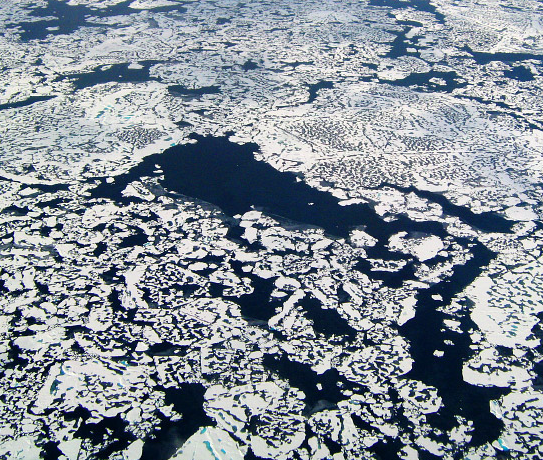Smithsonian.com
Image: NASA Earth Observatory
A spell of severe global warming 55 million years ago was triggered by not one but two injections of greenhouse gases into the atmosphere—and the rate of increase suggests that the ancient warming event may hold important lessons for what to expect with today’s climate change.
One of the best ways to explore how human-induced global warming will affect Earth in future is to study the way our planet responded to climate change in the past. Many researchers think the Paleocene–Eocene Thermal Maximum (PETM) 55 million years ago is particularly relevant to our current situation, because it also involved a massive injection of carbon into the atmosphere that led to spiraling global temperatures.
Not all researchers have been convinced we have much to learn from the PETM, though. Some studies suggested the climate back then changed far more slowly than it is changing now, with atmospheric carbon building up gradually over about 20,000 years, perhaps because of the slow release of volcanic gases. Still other studies concluded that the PETM changes occurred far too rapidly for comparisons with our present situation. A study last year suggested that atmospheric carbon soared within just a few years, maybe due to a massive influx of carbon from a comet impact.
But the latest geological evidence, published today in Nature Geoscience, makes these “too-slow” and “too-fast” warming scenarios begin to look unlikely. Instead, the rate of change was probably “just right” for making modern comparisons. Read more on Smithsonian.com…








